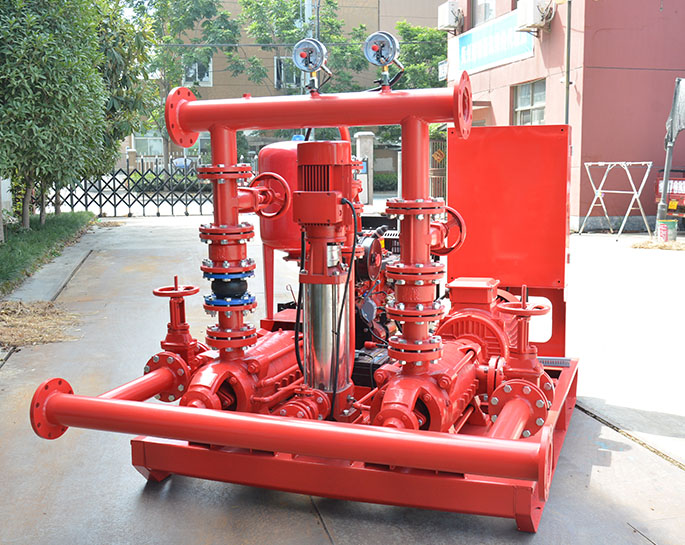Reason Analysis of Fire Pump Shrinkage
It seems like you're asking for an analysis of the reasons behind the shrinkage of a fire pump. Fire pump shrinkage typically refers to a decrease in the performance or efficiency of a fire pump system over time. There could be several reasons for this phenomenon:
-
Wear and Tear: Fire pumps are mechanical devices that undergo continuous operation and are subject to wear and tear. The moving parts, such as impellers, bearings, seals, and shafts, can degrade over time due to friction and stress, leading to reduced performance.
-
Corrosion: Fire pumps are often exposed to harsh environments, including moisture, chemicals, and temperature fluctuations. Corrosion can develop on the internal components of the pump, affecting its efficiency and flow capacity.
-
Cavitation: Cavitation occurs when the pressure of the fluid within the pump drops to a level where the liquid vaporizes and forms bubbles. When these bubbles collapse, they can cause erosion and damage to the pump components, leading to reduced performance and efficiency.
-
Scaling and Deposits: Over time, minerals and other deposits from the water being pumped can accumulate on the internal surfaces of the pump. This buildup, known as scaling, can restrict flow and impede the pump's ability to generate pressure.
-
Maintenance Issues: Inadequate or irregular maintenance can contribute to fire pump shrinkage. Lack of proper lubrication, alignment, and timely replacement of worn-out parts can cause the pump to lose efficiency over time.
-
Design Mismatch: Sometimes, fire pumps might not have been correctly sized or designed for the specific application. If the pump is undersized or not suitable for the required flow and pressure, it may struggle to meet the demands of the system.
-
Changes in System Demand: If there have been changes in the building layout, occupancy, or fire protection requirements, the original fire pump system might not be sufficient to meet the new demands, leading to a perceived shrinkage in performance.
-
Electrical or Power Issues: If the fire pump is electrically driven, problems with the power supply, motor, or control systems can affect its performance. Voltage fluctuations, motor degradation, or electrical faults can all lead to reduced efficiency.
-
Pump Age: Like any mechanical equipment, the performance of a fire pump can naturally decline as it ages. Components might become less efficient or wear out, impacting overall pump performance.
-
External Factors: Changes in the source water quality, flow rates, or changes in the surrounding environment can impact the pump's efficiency. Changes in the water source can introduce contaminants or alter the properties of the fluid being pumped.
To address fire pump shrinkage, regular maintenance, proper training of personnel, monitoring system performance, and adhering to manufacturer recommendations are crucial. If you're dealing with a specific case of fire pump shrinkage, it's advisable to involve experts in fire protection and mechanical systems to diagnose the issue accurately and propose effective solutions.


.png)
.png)

.png)


